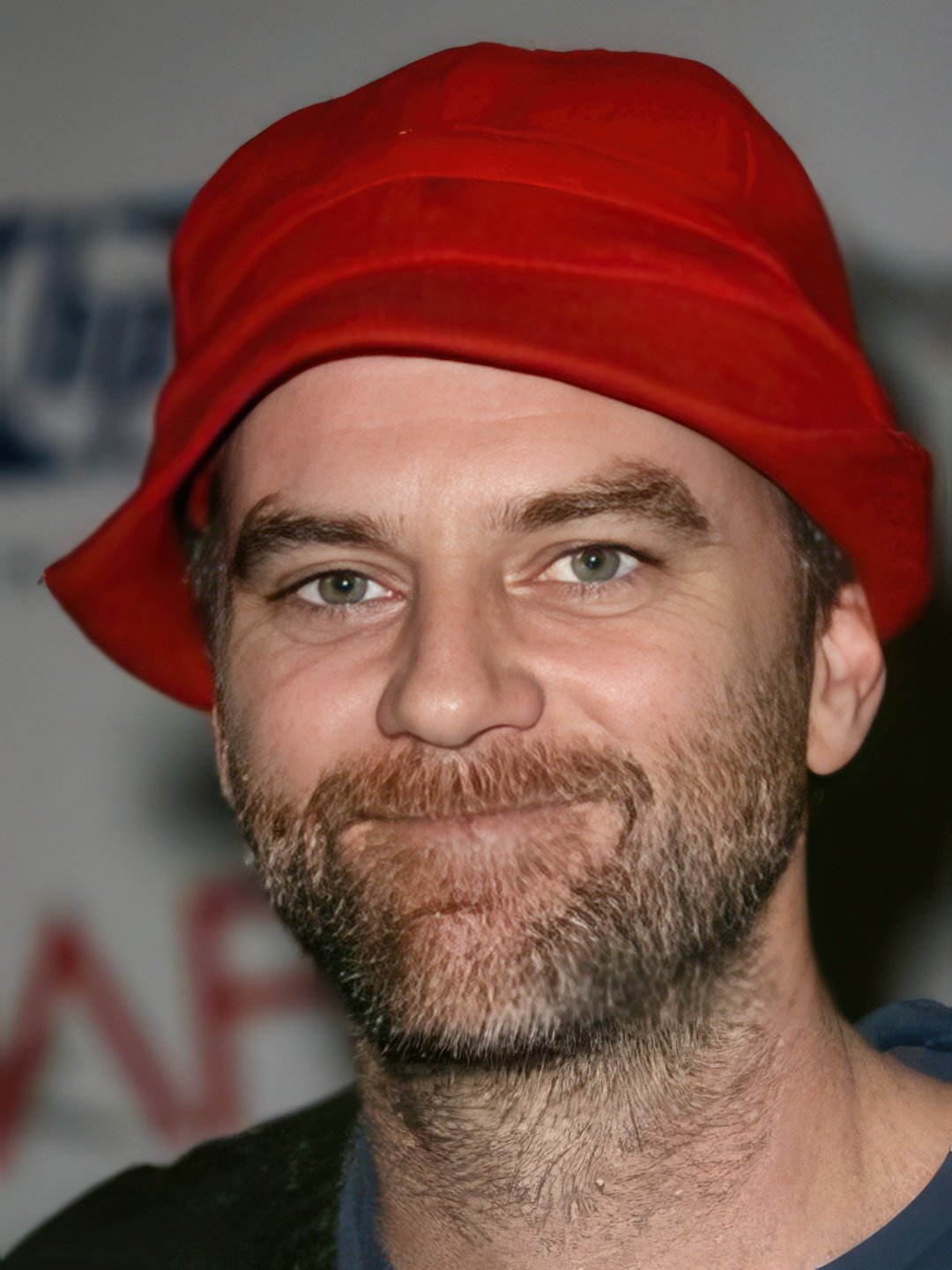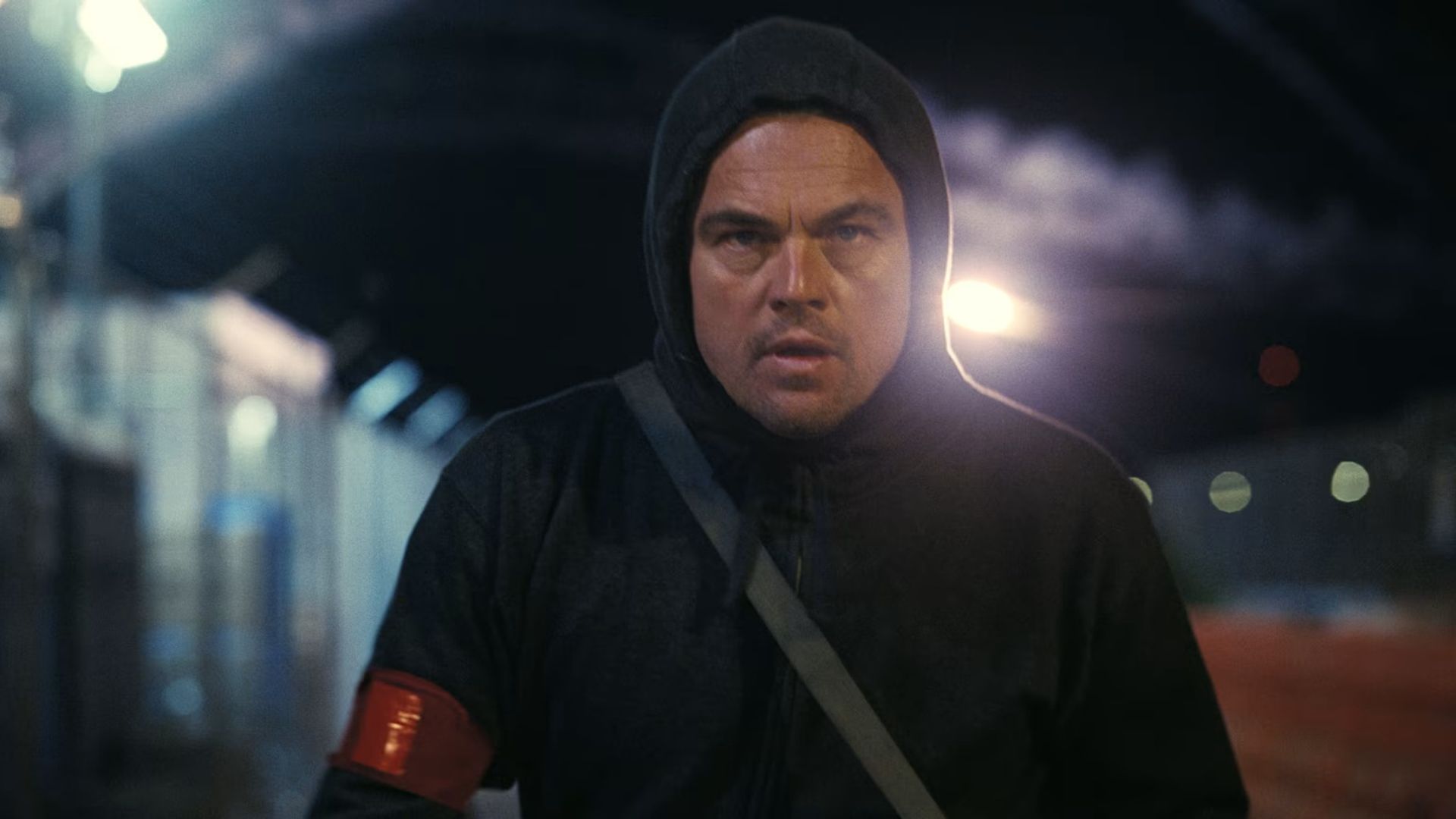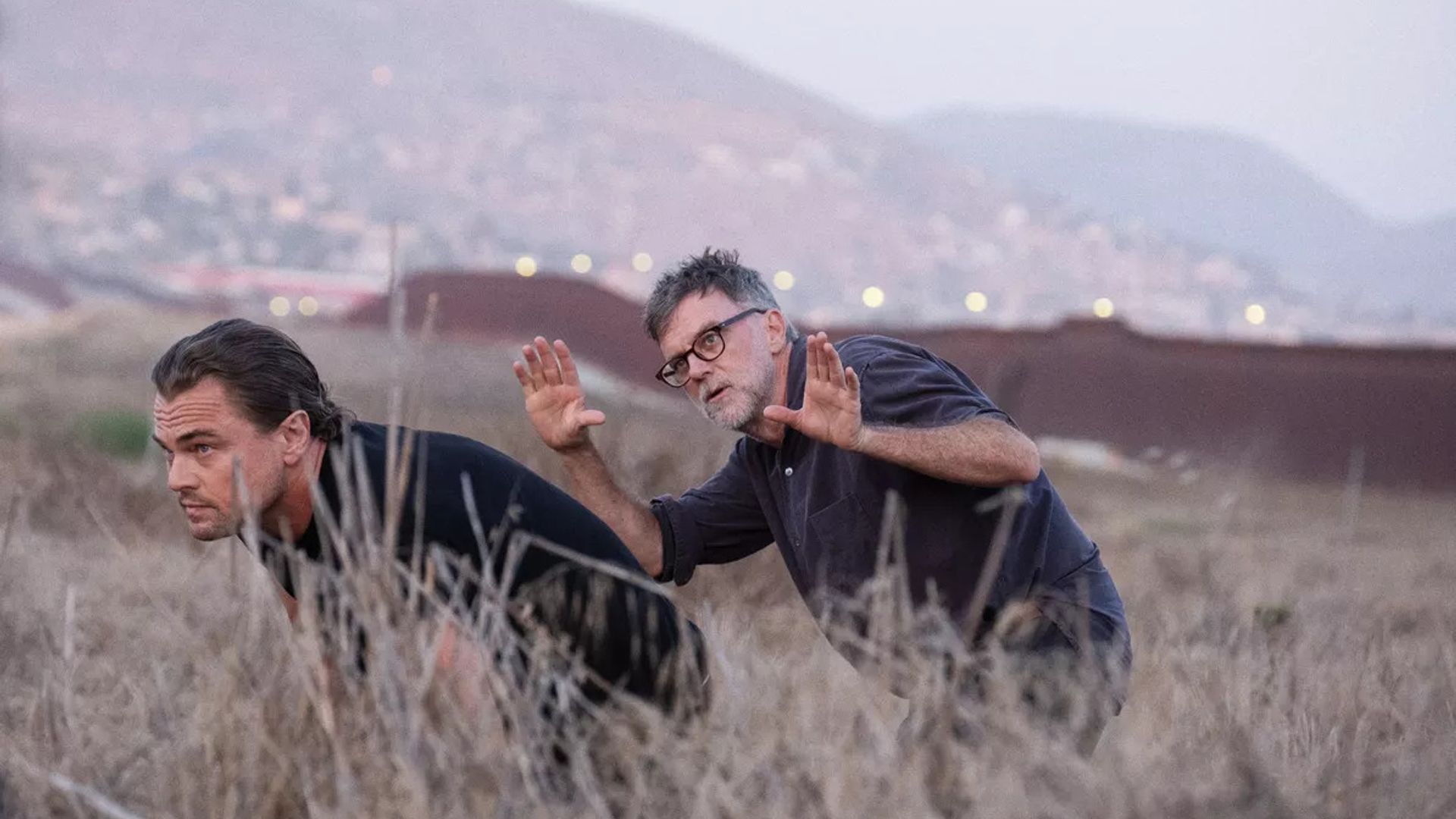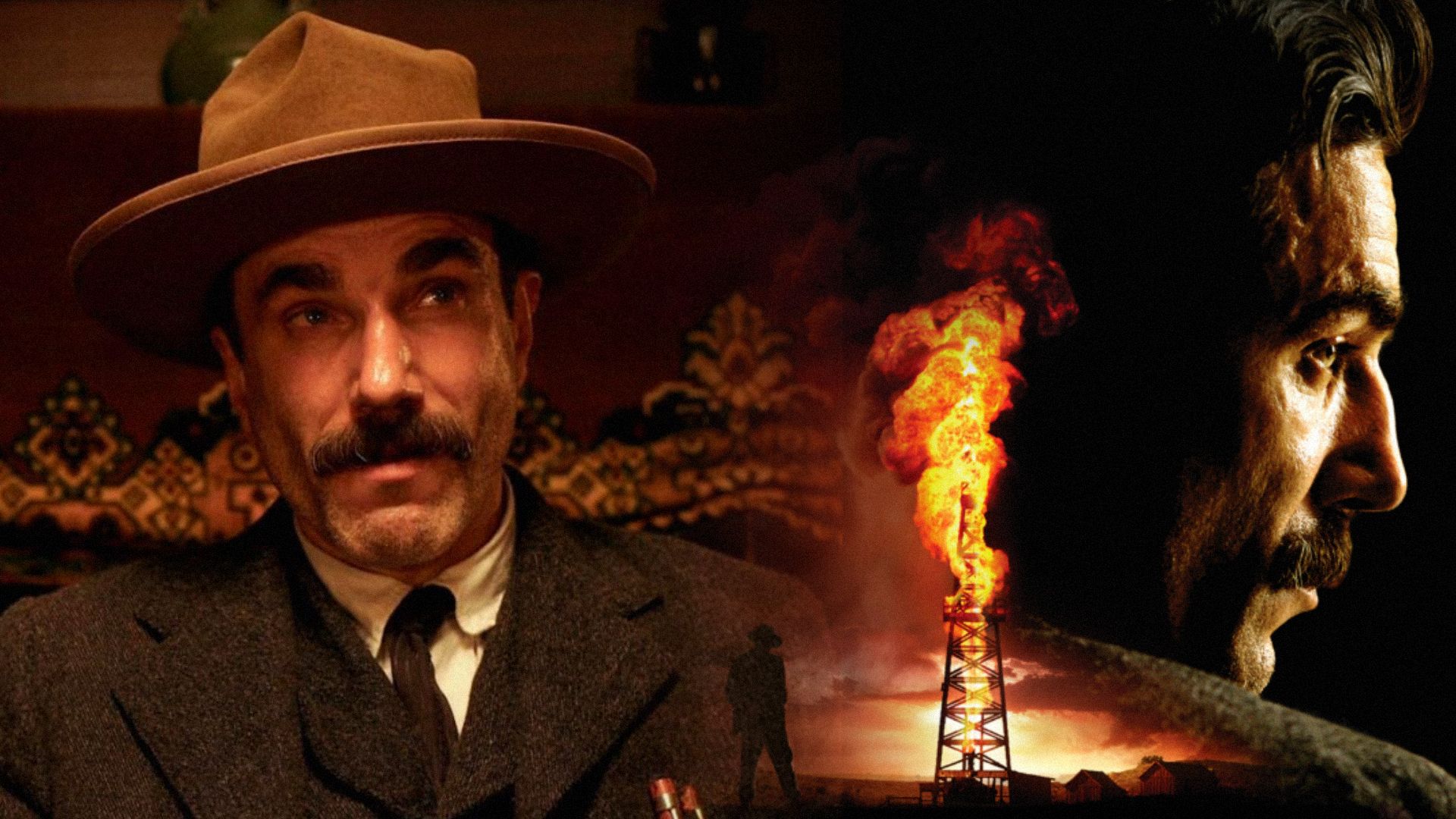Paul Thomas Anderson Biography
Paul Thomas Anderson is one of contemporary cinema's most influential directors. He's a master of psychological dramas, and his work examines broken people, dysfunctional families, and the search for redemption.Among his iconic films: Boogie Nights (1997), Magnolia (1999), There Will Be Blood (2007), The Master (2012), Phantom Thread (2017), Licorice Pizza (2021), and the epic thriller One Battle After Another (2025).
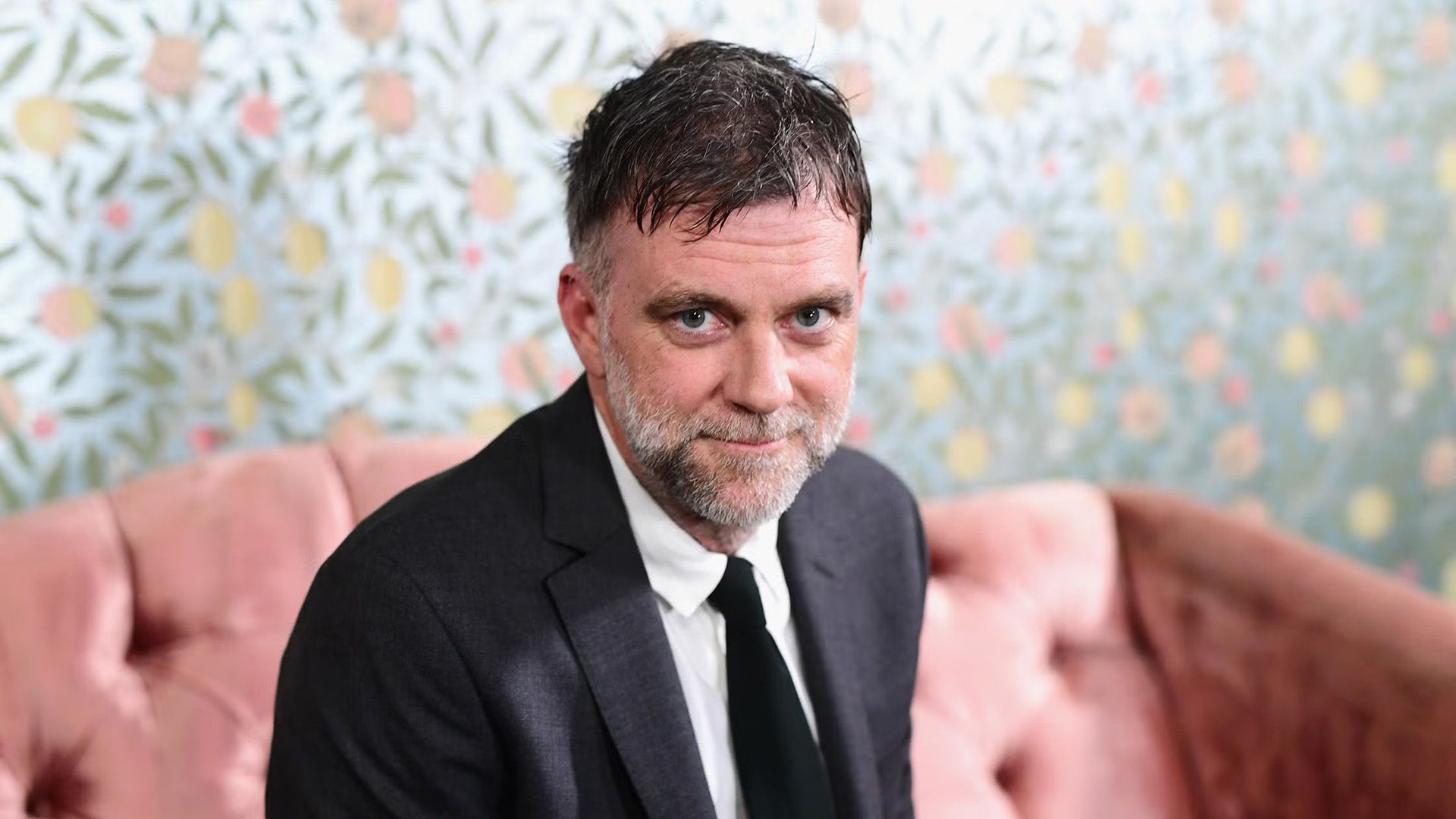
Source:
slate.com
Childhood and Family
Paul Thomas Anderson was born June 26, 1970, in Studio City, a Los Angeles suburb, to Ernie Anderson and Edwina Gough. Besides Paul, the couple raised eight of his siblings: three biological and five half-siblings from his father's first marriage.His father was a genuine American television legend. He first made his name in Ohio as a host on local radio station WHK. In the 1960s, Ernie hosted a late-night horror show in Cleveland under the pseudonym Ghoulardi – a bizarre, eccentric character with a fake goatee who mocked cheap B-movies while they aired.
In the 1970s, the family moved to California. His father became the voice of ABC and started earning over a million dollars a year.
The family atmosphere was complicated. Paul had a difficult relationship with his mother, a topic he doesn't discuss publicly. But with his father, there was complete closeness – Ernie supported his son in every way and inspired him to become a writer or director. His father was the first on their street to buy a VCR, opening up an endless library of films to the boy.
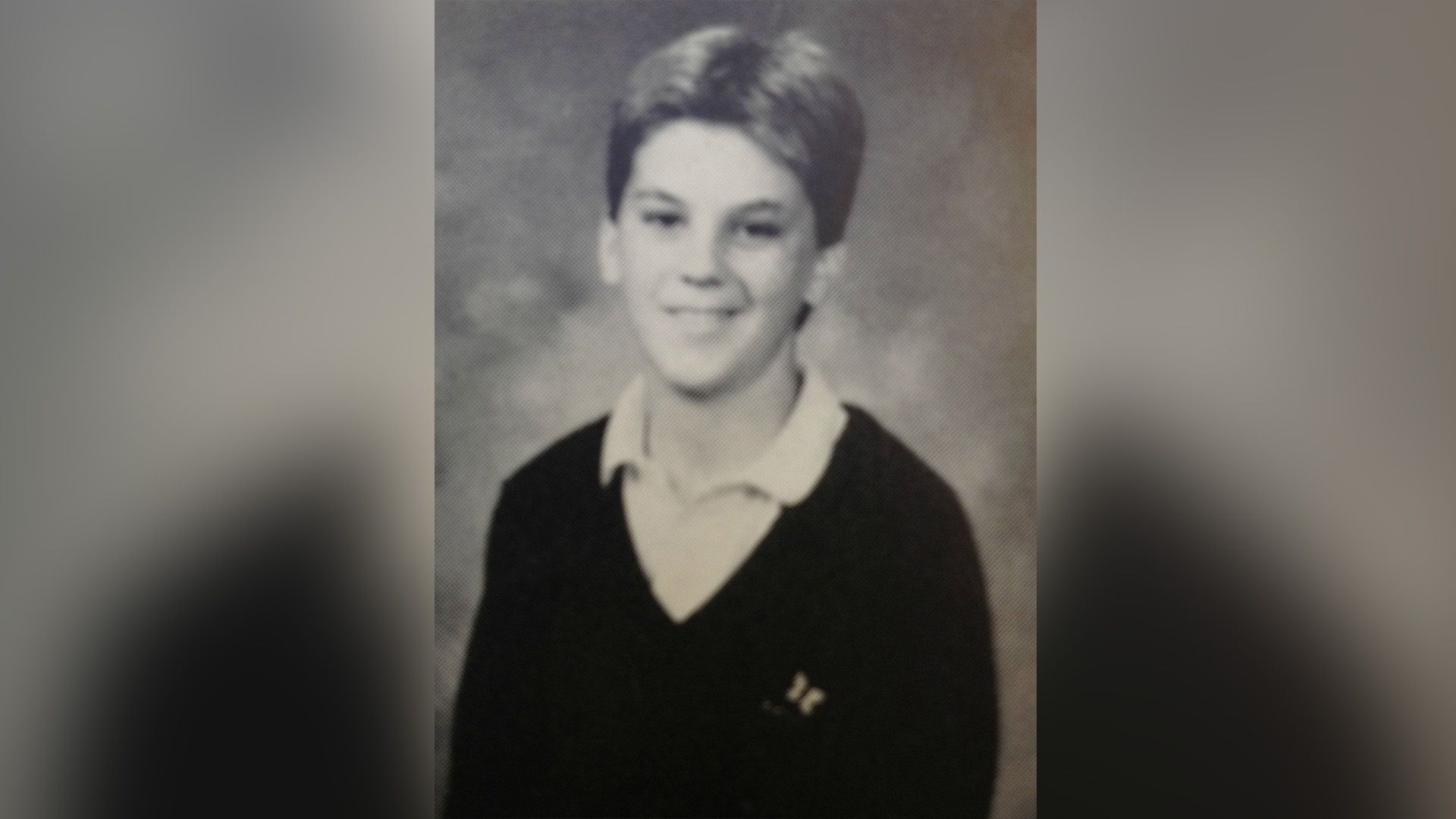
After high school, Anderson tried different paths. He first enrolled at Santa Monica College, then spent two semesters at Emerson College in Boston studying English. There, his instructor was legendary writer David Foster Wallace, author of Infinite Jest. But education quickly disappointed Paul – he felt that school was turning filmmaking into "homework and routine."
At New York University, Anderson lasted just two days. Rumors circulated that for a final assignment in a course, he submitted work by Pulitzer Prize-winning playwright David Mamet as his own, got a C, and realized: why study under people who give Mamet a C? After that, he dropped out of film school.
Career
First Triumphs
Anderson's film schools were the sets of TV shows, commercials, and music videos, where he picked up hands-on experience. And instead of a thesis project, he decided to shoot his own short film, Cigarettes & Coffee (1993).On a $10,000 budget cobbled together from gambling winnings, his girlfriend's credit card, and money his father had set aside for Paul's education, he made a 20-minute story about five characters whose storylines connect through a twenty-dollar bill.
Anderson took his short and expanded the story to feature length. That's how his debut Sydney (later retitled Hard Eight, 1996) came to be – a noir thriller about an aging professional casino gambler who takes a young loser under his wing. Philip Baker Hall, John C. Reilly, Gwyneth Paltrow, and a very young Philip Seymour Hoffman – this ensemble became the foundation of Anderson's future "troupe," actors he'd work with for years to come.
But Rysher Entertainment re-cut the film against the director's wishes. Anderson, refusing to back down, submitted his own version to the 1996 Cannes Film Festival, then raised $200,000 (including money from actors Hall, Reilly, and Paltrow) to release his cut. Renowned critic Roger Ebert wrote, "Movies like Hard Eight remind us how original and compelling movie characters can be."
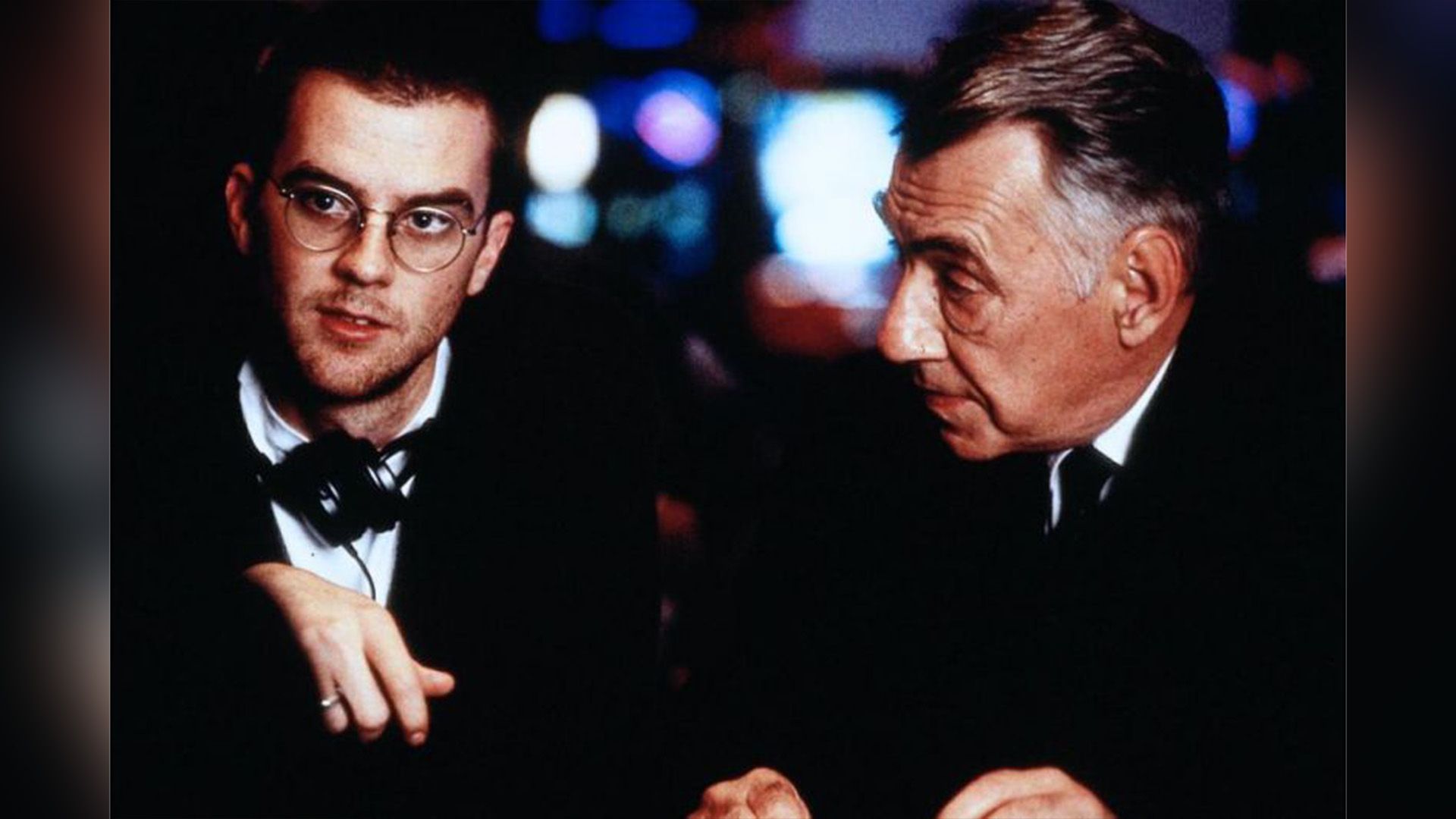
Source:
imdb.com
Breakthrough
While working on his first film, Anderson was already writing his second – finishing the script in 1995. The result was Boogie Nights (1997), an expanded version of his student short about a porn actor, "The Dirk Diggler Story."The film plunged viewers into the golden age of the porn industry in the late 1970s and told the story of a dishwasher who becomes a star under a stage name.
New Line Cinema president Michael De Luca read the script and was thrilled. Boogie Nights opened on October 10, 1997, and instantly became a cult classic. The film revived Burt Reynolds' career and made stars of Mark Wahlberg and Julianne Moore. Critics marveled at how Anderson depicted his characters' fall and resurrection – for instance, a suicide and murder captured in nearly one continuous shot.
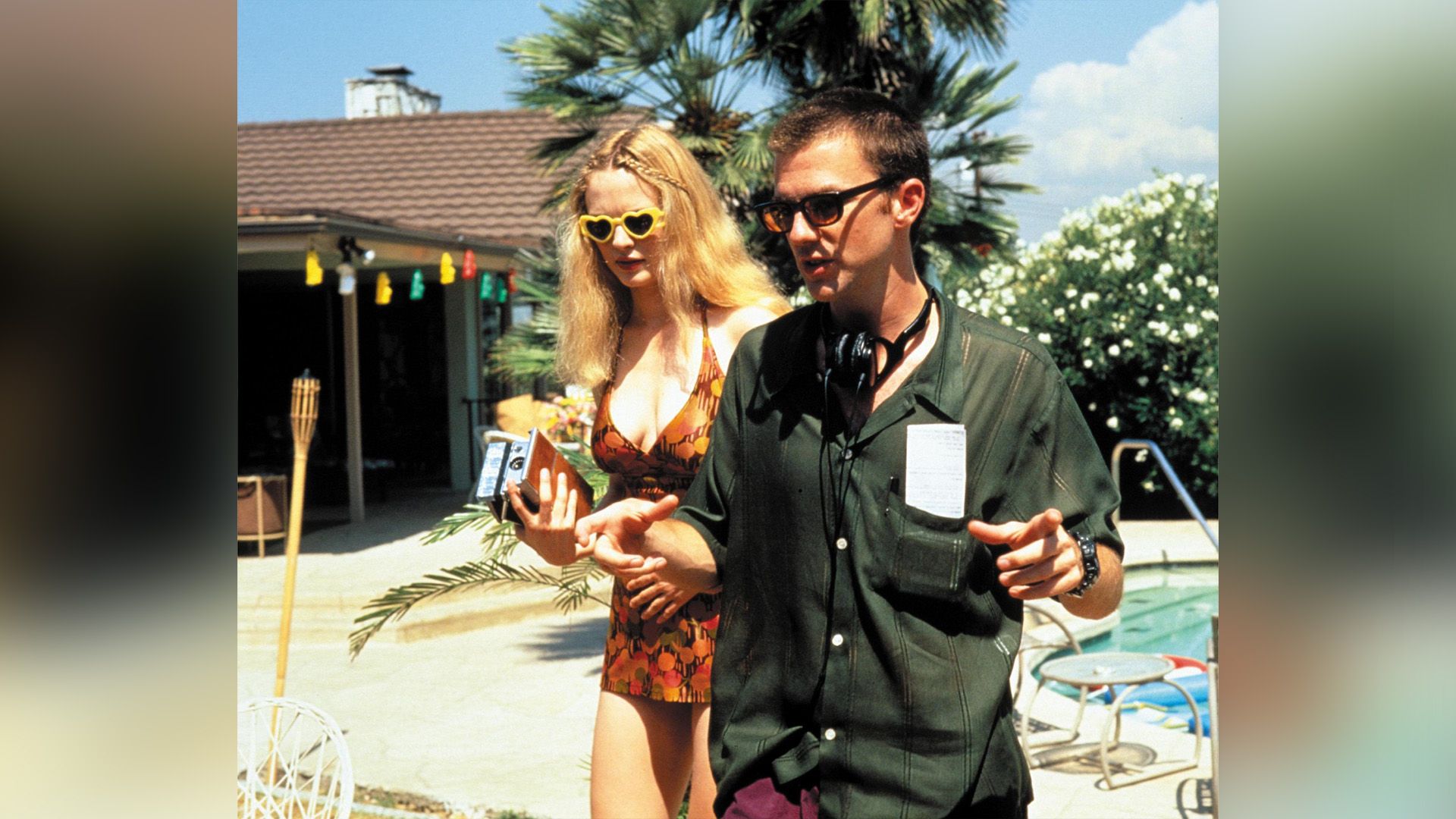
Source:
imdb.com
Magnolia
After the success of Boogie Nights, New Line gave Anderson carte blanche. He wanted to make something "intimate and small-scale," but the script "just kept growing." The result was the three-hour Magnolia (1999) – nine interwoven stories about lonely, broken people in the San Fernando Valley trying to escape the trap of their past.The film stunned with its scale and audacity. There's a dying TV host (Philip Baker Hall), a millionaire's guilt-ridden wife (Julianne Moore), a brash pickup artist (Tom Cruise in an Oscar-nominated role), and a hapless cop (John C. Reilly). And it all culminates in a biblical rain of frogs – a reference to the Book of Exodus. Anderson himself later said:
The portrayal of dying producer Earl Partridge in Magnolia directly addresses Anderson's father's death from cancer in 1997.Paul Thomas AndersonI have a feeling that Magnolia is, for better or worse, the best movie I'll ever make.
After two sprawling epics, Anderson unexpectedly pivoted to minimalism. Punch-Drunk Love (2002) is short by his standards (just 90 minutes) – a romantic comedy-drama starring Adam Sandler. Sandler plays Barry Egan, a shy plunger company owner surrounded by seven sisters. Barry calls a phone-sex line out of loneliness, falls in love, smashes glass doors, and doesn't understand what's happening to him.
There Will Be Blood
The director went silent for five years. Then he returned with There Will Be Blood (2007), the most ambitious and darkest film of his career. The movie, which very loosely adapted Upton Sinclair's novel Oil!, tells the story of Daniel Plainview, a ruthless oil prospector in early 20th-century California. Daniel is obsessed with wealth, power, and hates people.Daniel Day-Lewis, who played him, created a monumental, almost biblical figure – and won his second Best Actor Oscar. Anderson himself earned eight Oscar nominations, including Best Picture, Director, and Adapted Screenplay. Critics compared There Will Be Blood to masterpieces like Citizen Kane and Giant. Today, it's often called one of the greatest films of 21st-century cinema.
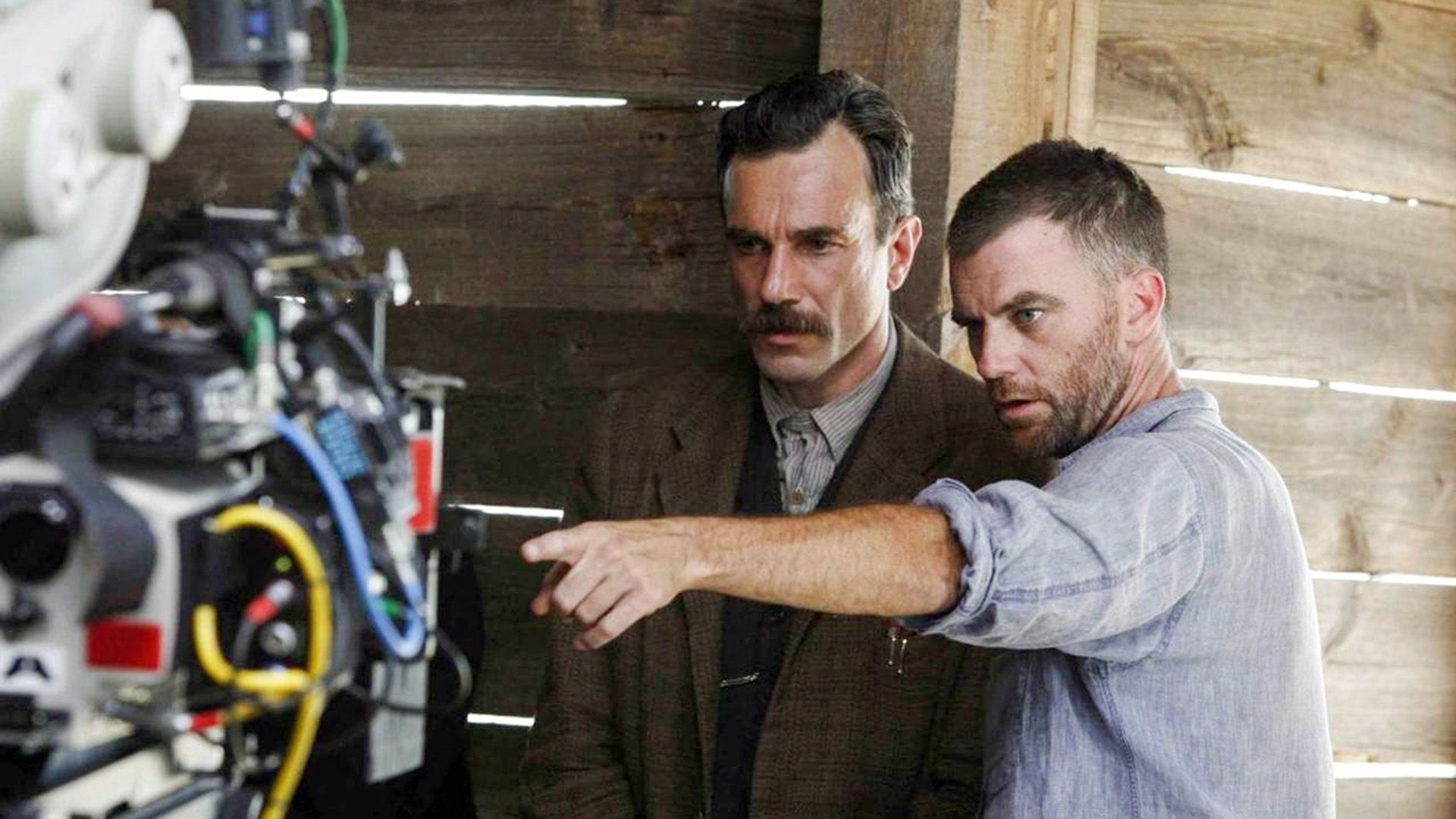
Source:
imdb.com
The Master
After There Will Be Blood, Anderson spent five years developing his next film. The result was The Master (2012) – the director's most enigmatic and emotionally charged work.The film follows WWII veteran Freddie Quell (Joaquin Phoenix), an alcoholic with PTSD who encounters charismatic cult leader Lancaster Dodd (Philip Seymour Hoffman).
Phoenix and Hoffman shared the Best Actor award at the Venice Film Festival (splitting the prize), and the film won the Silver Lion for Best Direction.
Anderson considers The Master his favorite film:
Paul Thomas AndersonThe amount of emotion that I and they – Phil, Joaquin, Amy Adams – poured into it... I'm not sure it's completely successful. But for me it's right. I'm really proud of it.
From Pynchon to Fashion
In 2014, Anderson became the first filmmaker to adapt Thomas Pynchon – the cult author who'd never before granted film rights to his work. Inherent Vice is a psychedelic detective comedy about stoner private eye Doc Sportello (Joaquin Phoenix again), investigating his ex-girlfriend's disappearance in 1970s Los Angeles. The film's surreal, convoluted, occasionally absurd, but soaked in melancholy for a vanished era.Phantom Thread (2017) reunited Anderson with Daniel Day-Lewis, who announced it would be his final role. Day-Lewis played Reynolds Woodcock, a perfectionist couturier in 1950s London. His life gets upended when he falls for young waitress Alma (Vicky Krieps).
The film's idea came to Anderson when he was sick with the flu and his partner Maya Rudolph cared for him so tenderly that he thought: "I wonder if she wants to keep me in this state for a week or two?" That's how this story of toxic yet magnetic romance was born. The film earned six Oscar nominations, including Best Picture.
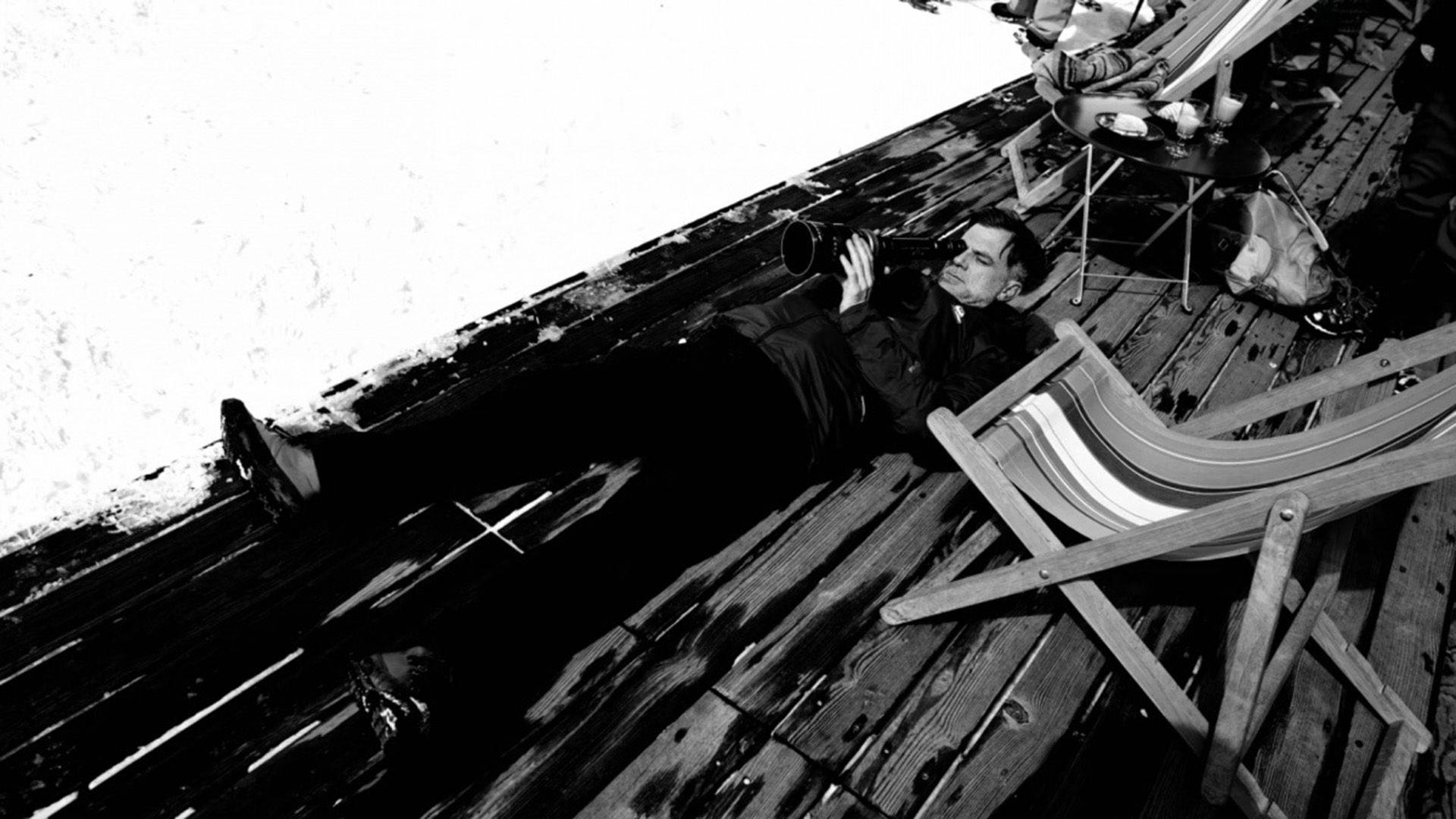
Source:
imdb.com
This is Anderson's brightest, most carefree film – almost free of the dark corners that filled his early work. The movie earned three Oscar nominations and served as a love letter to the neighborhood where the director himself grew up.
Directorial Style and Favorite Actors
Anderson's style is instantly recognizable: constantly moving camera, long tracking shots, use of large-format film (65mm for "The Master," 70mm for "There Will Be Blood"), and incredible attention to detail.He's known for his complex sequences, like the famous nightclub scene in "Boogie Nights," shot in one continuous take that required an entire night of filming with a backup camera crew on standby.
Anderson says:
Music is as essential to Anderson as the visuals. He first realized this watching a scene from Kubrick's "A Clockwork Orange," where Alex brutally attacks a passerby while singing a Frank Sinatra song. Since then, Anderson has used music as counterpoint, creating tension between mood and reality.Paul Thomas AndersonThese long, elaborate tracking shots are really fun to do. Actors love them. Acting in movies is usually so fragmented. For them it's just fun – to really play something from beginning to end, let it breathe.
Most of Anderson's films were shot by cinematographer Robert Elswit (except "The Master," shot by Mihai Mălaimare Jr., and "Phantom Thread," where Anderson operated the camera himself). His composers have been Jon Brion ("Magnolia," "Punch-Drunk Love") and Jonny Greenwood (all films starting with "There Will Be Blood"). Costume designer Mark Bridges has been with him on nearly every project.
Anderson often directs music videos – for Fiona Apple (whom he dated from 1997 to 2002), Radiohead, HAIM, and Joanna Newsom. In 2015, he made the documentary "Junun" about recording Jonny Greenwood's album in India.
Personal Life and Hobbies
Since November 2001, Paul Thomas Anderson has been with actress and comedian Maya Rudolph, the Saturday Night Live star. They met through SNL – in 2000, Anderson directed a sketch featuring Ben Affleck for the show. According to Maya, she won't reveal exactly how they met: "It's a sweet story... Too personal. I don't want to share it."Though the couple isn't officially married, Maya calls Anderson her husband. As she explained to the New York Times: "People understand what that means. It means he's the father of my children, I live with him, we're a couple, and we're not going anywhere." Anderson has admitted in interviews that Maya makes him "fall over laughing every day."
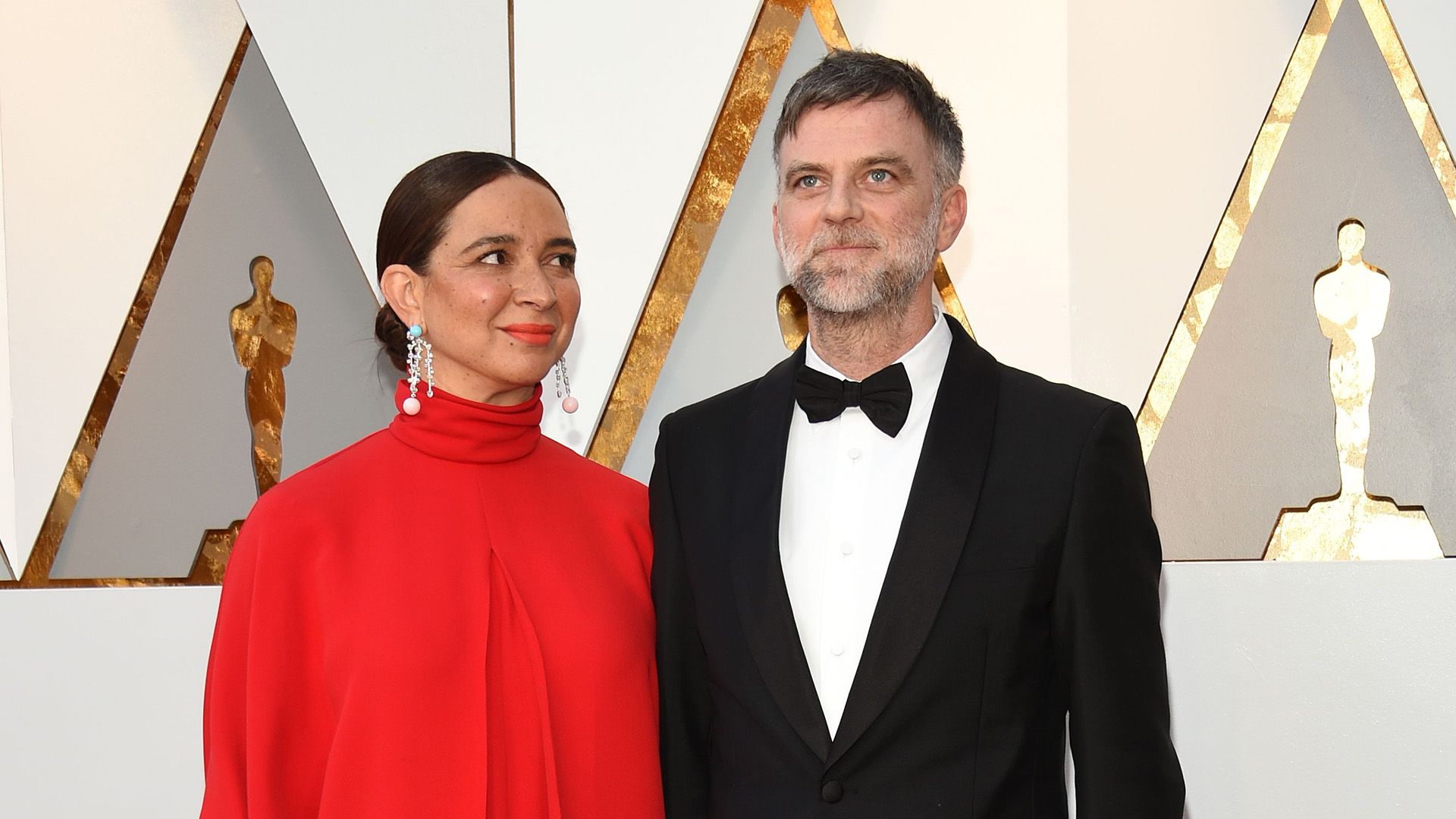
Source:
oprahdaily.com
Maya has appeared in Anderson's films Inherent Vice and Licorice Pizza. The latter actually featured the director's entire family, kids included.
Anderson rarely gives interviews and keeps his public statements to a minimum. He hates the social scene, doesn't do social media, and avoids Hollywood parties. In 2012, The Guardian called him "the most devoted filmmaker of his generation" precisely for this disdain for self-promotion.
His hobby? Movies. Anderson loves watching films, especially classics. Among his favorite directors: Robert Altman, Jonathan Demme (he once said the three directors who influenced him most were Jonathan Demme, Jonathan Demme, and Jonathan Demme), Martin Scorsese, Stanley Kubrick, Lars von Trier. Favorite films: Bad Day at Black Rock, Dr. Strangelove, Nashville, The Silence of the Lambs, Gunda, Barry Lyndon.
Paul Thomas Anderson Now
In September 2025, Anderson's tenth feature film hit theaters – One Battle After Another. It's his most expensive and ambitious project yet, with a budget around $175 million (though Warner Bros. claims $130 million). For the first time in his career, Anderson worked with a genuine Hollywood star – Leonardo DiCaprio, who received his standard $20 million paycheck.The film's based on Thomas Pynchon's 1990 novel "Vineland," though Anderson admits that "with Pynchon's blessing, I stole the parts that really resonated with me and started piecing all these ideas together."
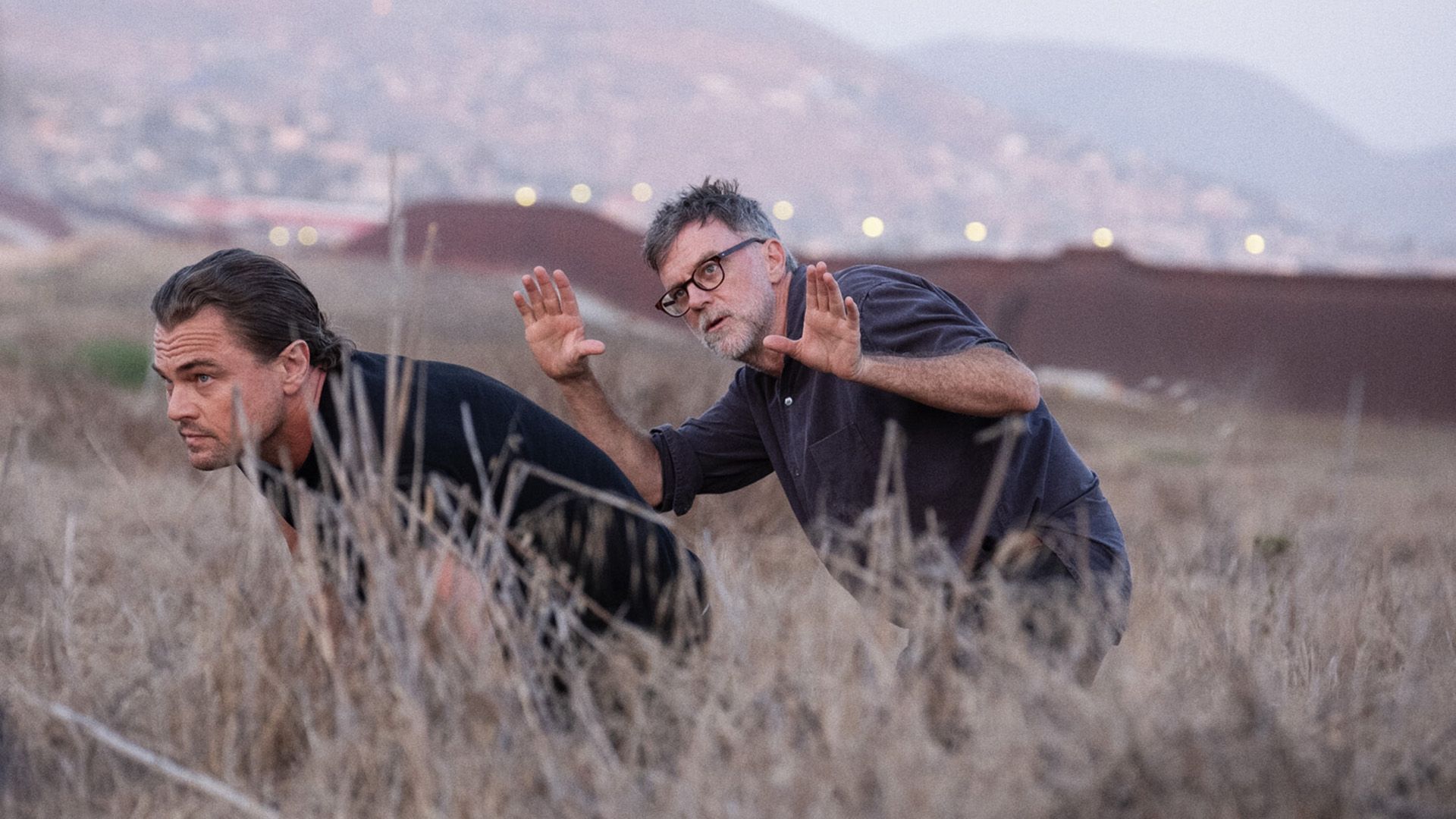
Source:
imdb.com
Shot on 35mm film using VistaVision cameras, it's Anderson's first movie since 1997's Boogie Nights to go through test screenings – based on audience feedback, the director cut 8-10 minutes.
The film opened to $22 million in the US and Canada during its first weekend – Anderson's best opening ever. By September 28, worldwide box office hit $48.5 million. Critics noted this was Anderson's first genuinely entertaining blockbuster.
Interestingly, newcomer Chase Infiniti, playing DiCaprio's daughter, instantly clicked with the director. Anderson's known for discovering new talent – he's done it with Mark Wahlberg, Adam Sandler, Alana Haim, and now Cooper Hoffman and Chase Infiniti.
Maybe at the 2026 Oscars, One Battle After Another will finally bring Anderson that elusive statuette. The film was being called a frontrunner for Best Picture, Best Director, and Best Adapted Screenplay. Then again, Anderson's never chased awards – what matters to him is making honest, emotional cinema that'll live on for decades.
